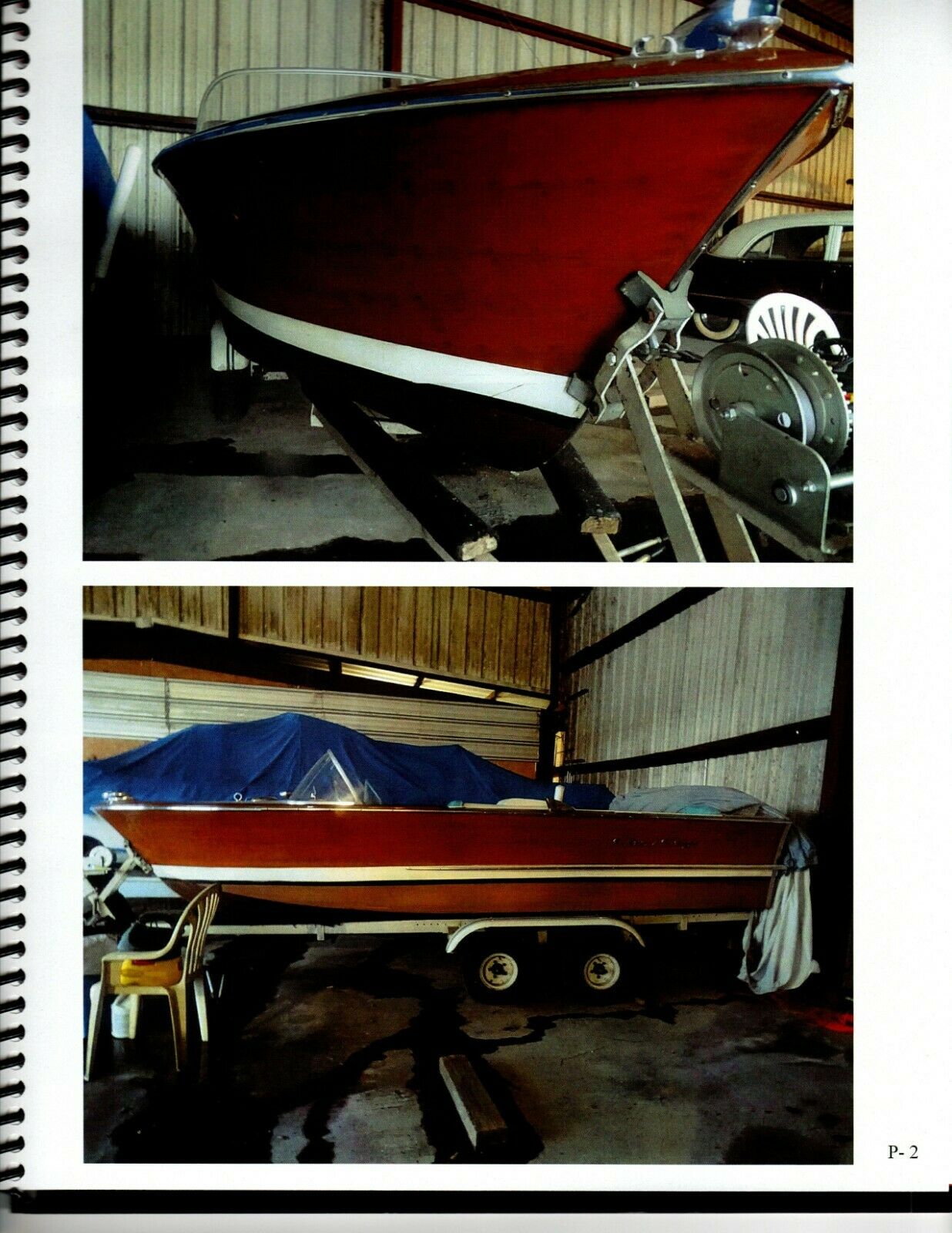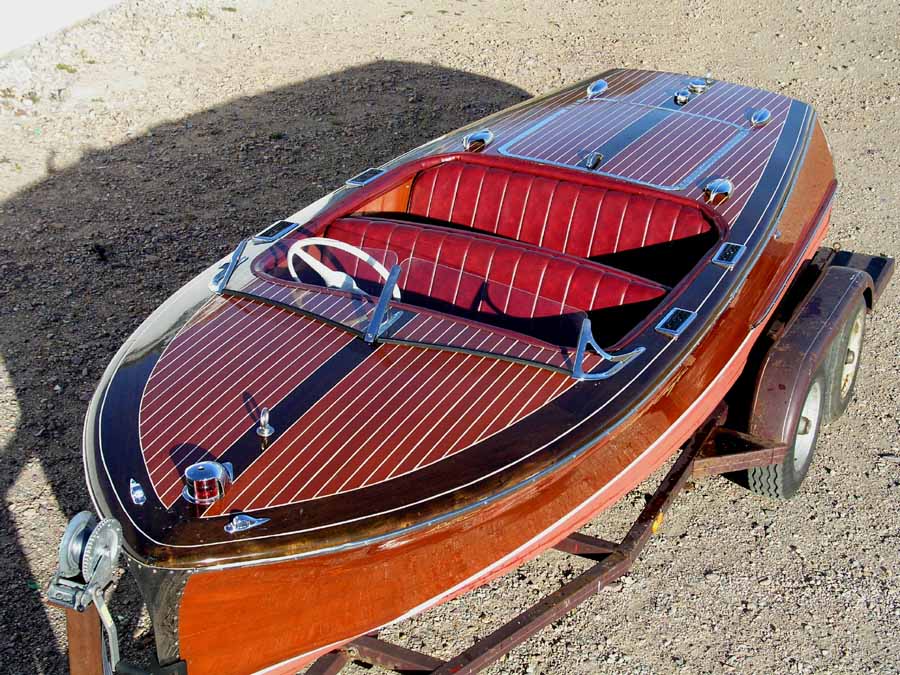

By the end of hostilities in 1945, the company had constructed in excess of 12,000 small boats for the United States military. With the United States entering the Second World War in 1941, Chris-Craft shifted its focus to producing military goods, including patrol boats, rescue vessels, and utility launches for the United States Army and Navy. Chris Smith died in 1939, at the age of 78. In 1927, Chris Smith's son, Jay Smith, took over the company as President and General Manager – positions he would hold for the next 31 years. Chris-Craft sold high-end powerboats to wealthy patrons, such as Henry Ford and William Randolph Hearst.

The company name was changed to Chris-Craft in 1924. In 1922, Smith formed the Chris Smith & Sons Boat Company in Algonac, Michigan. Their products made their debut at the New York and Chicago Boat Shows that year. In 1910, the brothers joined with other partners to form the Smith Ryan Boat and Engine Company, focusing on building fast, economically-priced runabout boats for mass-market distribution. In 1881, he joined his brother Henry to begin manufacturing boats full-time. The interior has dual rows of automotive-style bench seats with bright red vinyl covering that was standard on the Deluxe runabout.Chris Smith built his first wooden boat – a simple skiff, or punt – in 1874 when he was 13 years old. The engine is an inline raw water-cooled Hercules 6-cylinder powerplant, turning a single propeller.

The boat on display features a two-piece chrome framed windshield, steering wheel mounted throttle with stainless steel, and chrome hardware throughout the boat. And as engines and power output grew in size, the boats of the era adopted more automobile-style controls and amenities. However, cheap fiberglass boats were still years away, and to preserve the varnished finish of the boats, owners often built enclosed boathouses reaching out over the docks at their lakeside summer homes. Utilizing manufacturing efficiencies learned in wartime, Chris Craft was able to expand its market to both middle-class and wealthy owners. With the end of the war came prosperity for many and Chris Craft benefitted by supplying speed boats that became popular at lakes throughout the upper Midwest and Northeast. During WW2, Chris Craft aided the war effort by building over 12,000 military vessels including patrol boats, launches, and rescue vessels for the US Navy. In 1927, Chris Smith’s son Jay took control of the company, changing the name to Chris Craft and for the next 31 years became the world’s largest producer of mahogany runabout boats. The origins of the Chris Craft Company date back to the 1870s when Christopher Columbus Smith built his first wood skiff at age 13, later joining his brother to produce wood runabouts and forming the Smith Ryan Boat Company. The Deluxe Runabout model was introduced in the 1930s despite the economic hardships of the Great Depression

With shiny varnish highlighting flared forward hull sections that gracefully transition to a sweeping tumblehome as the lines go aft, this premium cruising boat still looks fast and sleek even on the trailer. This 17’ Deluxe Runabout model with mahogany planks and frames, commonly fitted a 130 hp inboard gasoline engine and typified sporty styling that carried over from pre-war racing boats. Chris Craft Marine/Hercules KBL Inboard EngineĬhris Craft Marine of Algonac, MI created many of the iconic bright finished wood power boats that defined recreational boating in the post-war era.


 0 kommentar(er)
0 kommentar(er)
